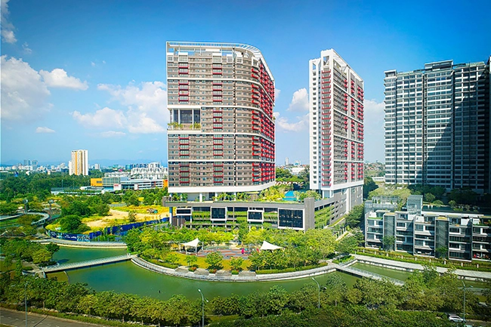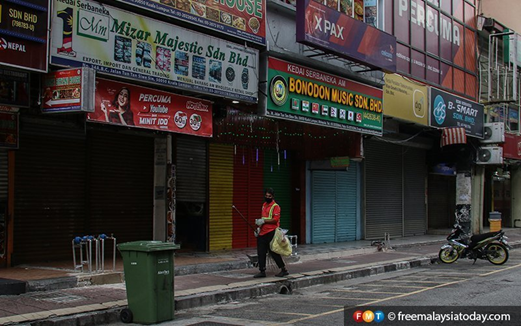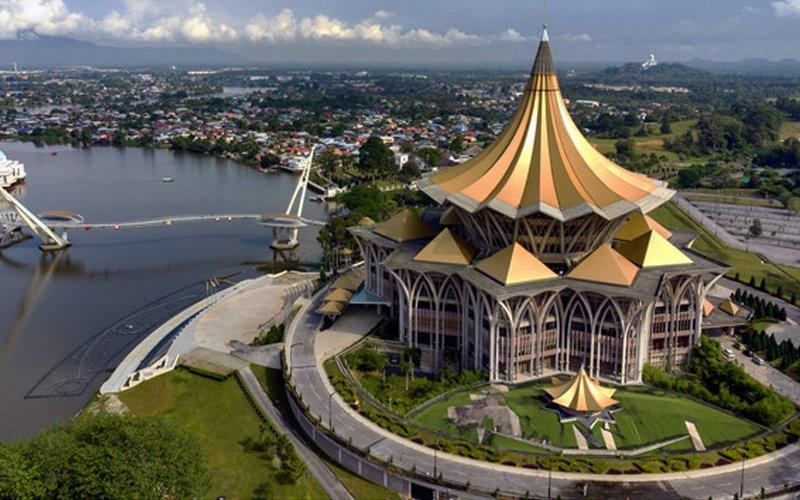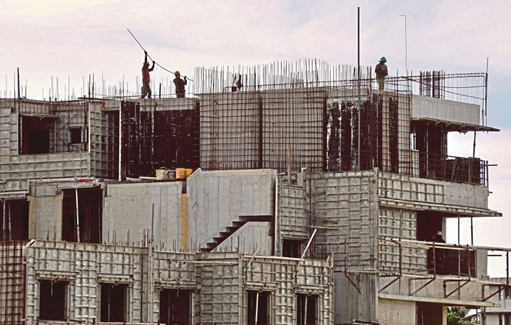The flow of investment from China into Malaysia is likely to diversify into more sectors compared to the current emphasis on infrastructure and property development projects, economists said.
UOB Kay Hian Malaysia Research economist Julia Goh told StarBiz more Chinese firms are expected to invest in other promising sectors in Malaysia.
"China's Belt and Road Initiative (BRI) is about building partnerships and infrastructure is a key beneficiary. It is more than just infrastructure, energy and information technology, for example.
"Looking ahead, this will lead to greater investment flows into the tourism, food and beverages, hotel, recreation, education and healthcare sectors" she said.
BRI is China's development strategy to boost trade among regional countries with the creation of infrastructure such as ports, railways and expressways
While Chinese investments under BRI have primarily focused on mega-infrastructure developments, economists believe this is bound to change going forward.
The Economist Intelligence Unit (EIU) noted that Malaysia stands out as an attractive BRI destination, providing an investment environment that offers opportunities as well as low levels of risk.
While the Government has assured that stronger Chinese investments will not taint Malaysia's sovereignty, concerns continue to linger.
Critics have cautioned that over-concentration of Chinese investments in mega-infrastructure and property development projects may turn wrong, given any potential disruptions in China's domestic economy.
According to Sunway University business school professor of economics Yeah Kim Leng, China's interest in infrastructure-related projects is part of the country's outward investment push under BRI.
He pointed out that initial investments by China under BRI revolved mainly around infrastructure and property development, due to the strong capabilities and competitive advantage of Chinese firms in those sectors.
"But firms in other sectors are now rapidly catching up. Firms that are internationalising their businesses can be found in a broad spectrum of sectors spanning telecommunications, motor vehicles, industrial and food products, solar cells, e-commerce and other technology-based industries" he said.
Malaysia has continued to enjoy resilient foreign investment flows from China, even as the latter's total ODI to other parts of the world has fallen significantly year-on-year.
Yeah said Chinese investments into Malaysia continue to be on an uptrend despite the stringent capital control introduced by the Chinese government in August.
This signals China's commitment to pursue long-term investments in Malaysia.
Among the notable projects that have seen significant Chinese investments in recent years are the Forest City in Iskandar Malaysia (RM405bil), the East Coast Rail Link (RM55bil) and Melaka Gateway (RM29bil).
While the outlook for China's ODI appears to have dimmed, Malaysia has become the fourth largest recipient of China's ODI globally this year.
In the latest "China Going Global Investment Index 2017†report by the EIU, Malaysia has jumped to fourth position in 2017 compared with 20th in 2015.
The significant improvement is mainly a result of Malaysia's important participation in BRI-related projects, apart from the welcoming attitude towards Chinese investment.
According to the EIU, ODI flows from China slumped by over 40% year-on-year in the first ten months of 2017 after a bumper year for deal-making in 2016.
However, Yeah pointed out that the sharp decline in China's outward investment in 2017 has not affected its inflow into Malaysia.
"In the first three quarters of 2017, Chinese investment in Malaysia surged by 44.1%. This affirms Malaysia as a top destination for Chinese investors as well as allay to some extent concerns over existing commitments to invest in the country, especially those affected by restrictions on capital outflow and new overseas investment rules promulgated by the Chinese government.
"The rise in investments from China is positive for the Malaysia as it raises aggregate investment demand and therefore the country's gross domestic product growth. Upon completion, the services or industrial output from the investment project will boost the economy's production capacity and its growth potential" he said.
From just a net foreign direct investment (FDI) of RM4.79bil in 2013, the investments from China (including Hong Kong) have surged to nearly RM21bil by end-2016.
This translates into a compound annual growth rate (CAGR) of 64%.
In comparison, Malaysia's other large net FDI contributors such as the United States and Singapore recorded a CAGR of 105.3% and 8.32% respectively.
However, net FDI from Japan narrowed by a CAGR of 22.9% in the same period.
Goh described Malaysia-China bilateral relations as "at its strongestâ€.
She said that China (including Hong Kong) is the third largest foreign direct investor in Malaysia after Singapore and Japan, and the country has also overtaken several Western countries such as the US.
"On the slump in China's ODIs, areas most affected are largely related to properties, while funds for BRI projects that are infrastructure-related continue. China's curb on capital outflows were partly to ensure the stability of yuan.
"Foreign direct investments into Malaysia via Hong Kong seems to be more severely affected in the first nine months of 2017 while direct flows from mainland China are relatively more stable.
"As such, I think China's commitment in genuine infrastructure projects remain, also promoting domestic currency settlement" she said.
.jpeg)








.jpeg)

